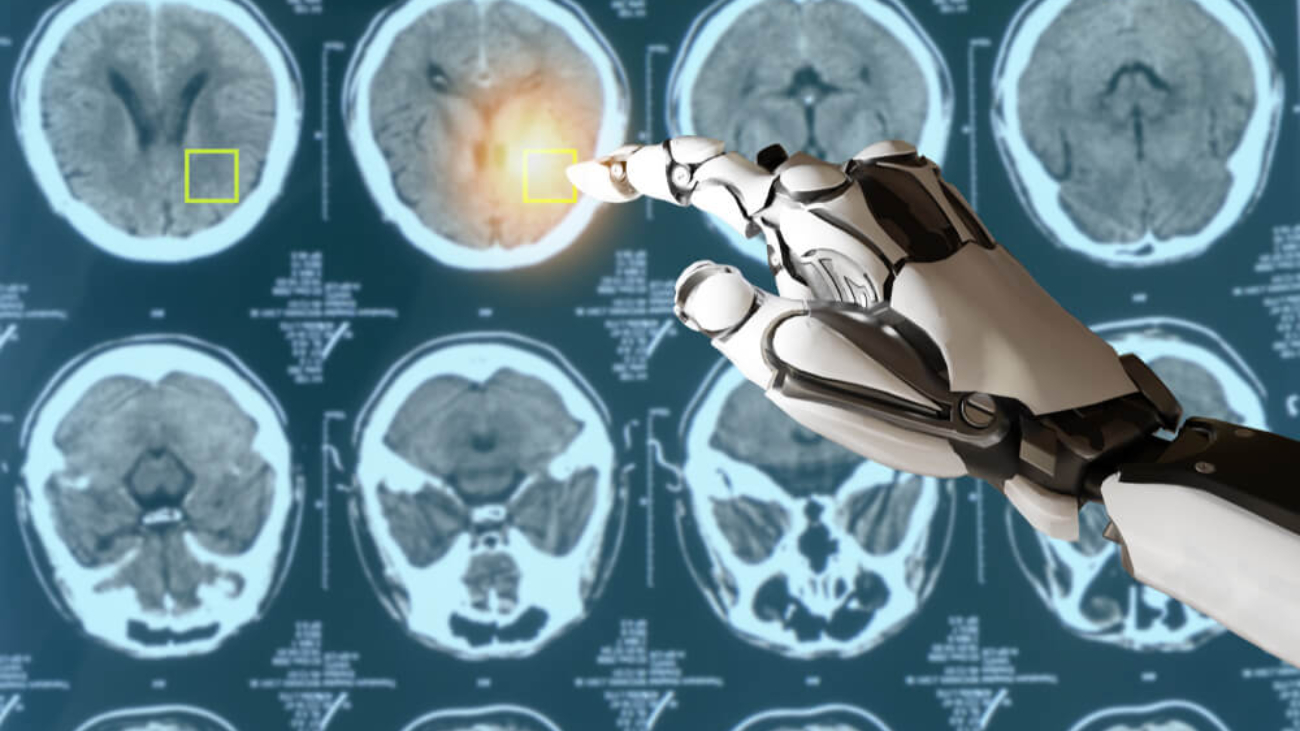Like many other aspects of life, Artificial Intelligence (AI) is making its mark in the healthcare arena, primarily in the realms of diagnosis and treatment decision-making. Undoubtedly, accurate diagnosis is a pivotal aspect of effective treatment, and the quality of diagnosis heavily relies on precise data. As a significant portion of healthcare decision-making is rooted in imaging data, AI has gained traction by providing more dependable and accurate insights in radiology and imaging. In this discussion, we will explore the accuracy of AI-assisted medical imaging and its role in enhancing the efficiency of radiologists’ performance.
AI and Imaging
When delving into Artificial Intelligence (AI), it is crucial to recognize its inevitability as a part of our future, influencing various aspects of our lives. This newfound capability, coupled with big data and dedicated data scientists refining its algorithms, represents the future of humanity. Imaging is a domain where AI has already exhibited great promise, prompting considerable attention and efforts to fine-tune its performance for increased reliability in detecting a wide range of conditions. AI can enhance the interpretation and analysis of images, making subtle or abnormal changes more accessible for human operators to detect, ultimately leading to more accurate diagnoses and improved treatment outcomes. The key question, however, revolves around the extent of the benefits derived from AI-assisted imaging, which can be assessed in three areas: 1) Speed of Reporting; 2) Accuracy of the Process; and 3) Accuracy of Interpretation.
Speed of Reporting
Early detection plays a crucial role in timely intervention and treatment, as certain approaches are only viable “before” specific disease stages. AI, capable of analyzing vast amounts of data, significantly reduces reading time, expediting the diagnosis process, and facilitating early detection, thereby enhancing medical care for patients.
Accuracy of the Process
Traditional imaging techniques often struggle to detect changes in a patient’s condition over time. AI, adept at tracking even the slightest changes in extensive data sets, such as those from MRI or CT Scans, proves beneficial. For instance, AI can assess the percentage of live or dead tumor cells. Moreover, AI-powered imaging tools automate the analysis process, minimizing the manual work required and reducing errors stemming from human operators’ repetitive tasks.
Accuracy of Interpretation
In the realm of medical imaging, where precision is paramount, the accuracy of interpretation holds immense significance. Traditional imaging techniques, despite their advancements, often grapple with interpretation discrepancies that can have profound consequences on patient outcomes. This is where the integration of AI becomes a transformative force, promising to mitigate errors and elevate the accuracy of diagnostic interpretations.
One of the persistent challenges in medical imaging has been the high rate of dissonance in interpretations across various specialties. Radiologists, armed with their expertise, play a crucial role in deciphering the nuanced details of imaging results. However, the margin of error, which can be as high as 26%, underscores the need for a more precise and consistent approach to interpretation. Enter AI, equipped with advanced algorithms and machine learning capabilities, poised to revolutionize the interpretation landscape. By streamlining routine operations, AI allows radiologists to focus on more complex aspects of interpretation, ensuring a meticulous examination of the imaging data.
Moreover, the standardization brought by AI in the analysis process is a key factor in improving the accuracy of interpretation. The variability introduced by different human operators can be a source of inconsistency in results. AI, guided by predefined algorithms, ensures a uniform approach, reducing discrepancies and enhancing the reliability of diagnostic outcomes.
The application of computerized algorithms in tandem with machine learning empowers AI to identify patterns that might elude the human eye. This capability proves invaluable in predicting future medical conditions based on current imaging data. Studies, including one by Finck et al. titled “Faster and Better: How Anomaly Detection Can Accelerate and Improve Reporting of Head Computed Tomography,” demonstrate that the incorporation of AI significantly diminishes the error rates in interpretation.
Conclusion
AI is revolutionizing various aspects of healthcare, particularly in the field of imaging. Its ability to automatically analyze extensive data, detect subtle indicators of conditions, enable quantitative imaging, and reduce reading time contributes to the increased accuracy of diagnoses based on imaging results. AI-supported imaging systems offer more reliable images, ushering in a new era of precision in medical diagnostics.


Add a Comment